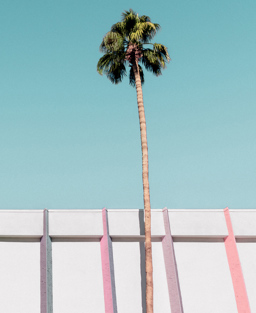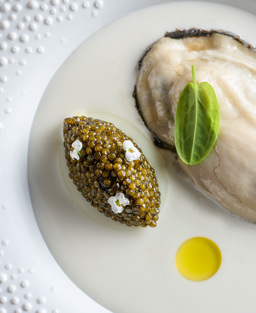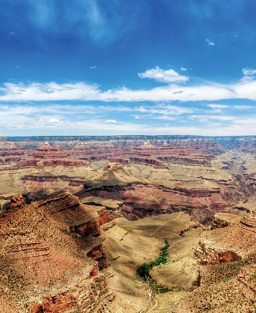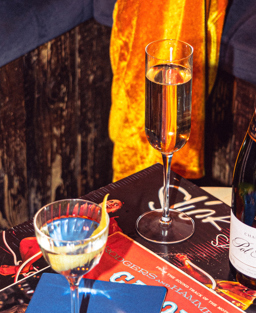Hit the road and see a different side to the Las Vegas Strip
We take a road trip to the ghost towns and vast desert highways of Death Valley, which provide a welcome, low-octane counterpart to the city’s neon hedonism
01/03/2023Updated 27/02/2025
Written by: Jade Bremner
Clapping eyes on our lavish hotel rooms, 28 floors high in The Bellagio, it’s obvious that any resistance to Sin City is futile. Our windows look out on to Vegas’s most famous sites: the resort’s 1,000ft dancing fountain, the world’s biggest Ferris wheel, a mini sparkling Eiffel Tower and an Egyptian pyramid with a laser shooting from it (naturally).
We’re not here for Las Vegas decadence – but just for one night, we’ll dip our toes in. It doesn’t get more quintessentially Vegas than sitting in a VIP suite at O by Cirque du Soleil, sipping Champagne and eating chocolate-covered strawberries as acrobats launch themselves on to a stage filled with 1.5 million gallons of water, and a chap lights himself on fire for almost five minutes. We have a fashionably late meal at the Art Deco Mayfair Supper Club, where sequinned dancers perform salacious routines and patrons tuck into bigger-than-their-heads lobster Thermidor and aged tomahawk steaks.
Since our arrival, we’ve barely experienced fresh air. But, from tomorrow, we’re about to get a whole load of it – we’re filling up the car and heading for Nevada’s epic empty roads, grand scenery and geological masterpieces. Buckle up and come along for the ride.
Day one

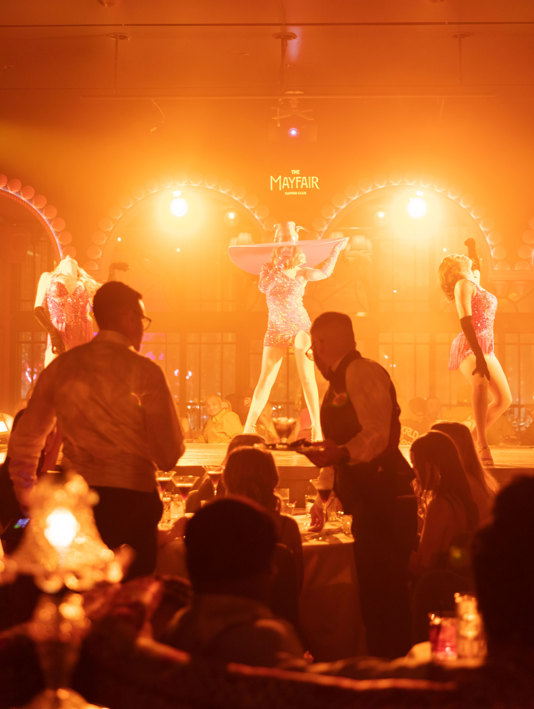
Lobster with pommes frites at the Mayfair Supper Club in The Bellagio Hotel; a show at The Bellagio. Opening video: the road to Ash Meadows National Wildlife Refuge (Cedric Angeles)
Morning
The neon glow of the city soon morphs into still, wide-open spaces as we drive west out of Vegas along Route 160. Just 20 miles from the Strip, imposing mountains soar into view. One of the best places to be introduced to these expansive desert scenes is at Sanders Family Winery, in the shadow of the Spring Mountains to the East, and the colourful Nopah Range to the West. It’s Nevada’s first winery, built in 1988 in Tuscan style. The tasting room looks straight out of Italy, complete with vine-draped grounds, turrets and a bell tower.
“Most people don’t realise that the best wines in the world are from dry climates,” says founder Jack Sanders, as we sip a sweet white wine. “This is an agricultural valley, so we can grow just about any kind of wine.” His success has inspired others in the area to take up the challenge. Pahrump’s Artesian Cellars opened just before the pandemic and sells a popular Chardonnay and Zinfandel (plus watermelon and mango Moscato slushies) in a buzzing, intimate tasting room.
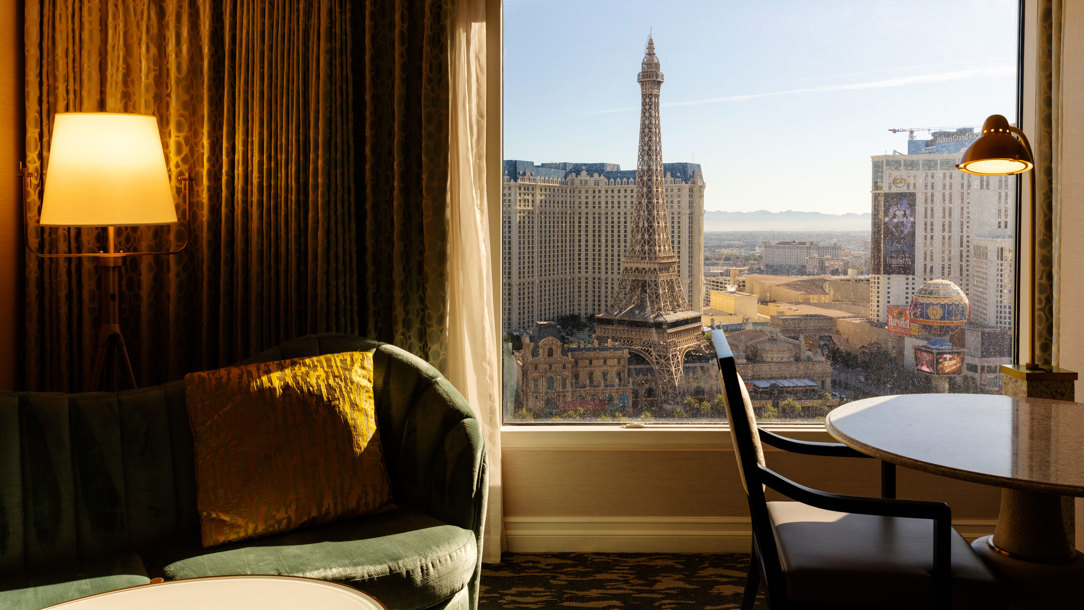
View of the Las Vegas Strip from a room at The Bellagio (Cedric Angeles)
Afternoon
On the road out of the medium-sized town of Pahrump, we spot a classic American institution in full swing – a local Saturday Swap Meet, packed with dozens of stalls, desert crafts and friendly locals. Chad Phillips creates pieces of art and jewellery from reclaimed wood, iron and deer antlers.
A local Saturday Swap Meet feels a million miles from the Strip’s anonymity
Family brand Tesoros de Oaxaca sells hand-embroidered wears from a converted yellow school bus. And, while we peruse Carol Sparacino’s stall of reclaimed goods, she offers us a shot of cinnamon whiskey – “a Swap Meet tradition,” she insists. It’s only 45 minutes out of Vegas, but it feels a million miles from the Strip’s anonymity.
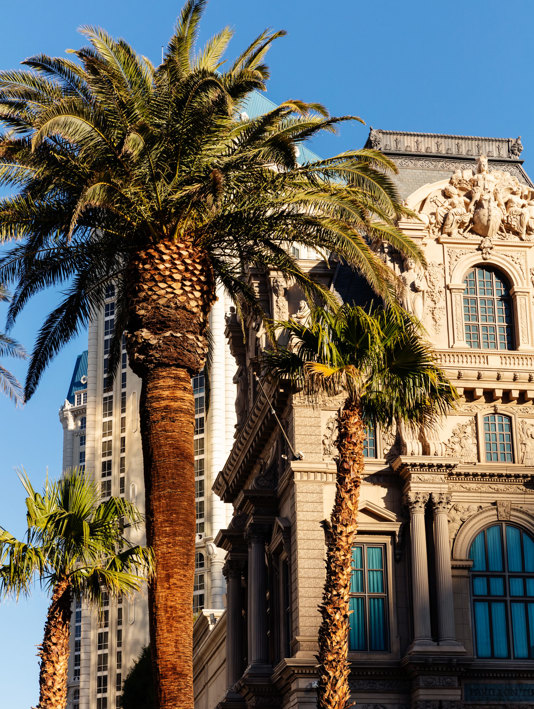
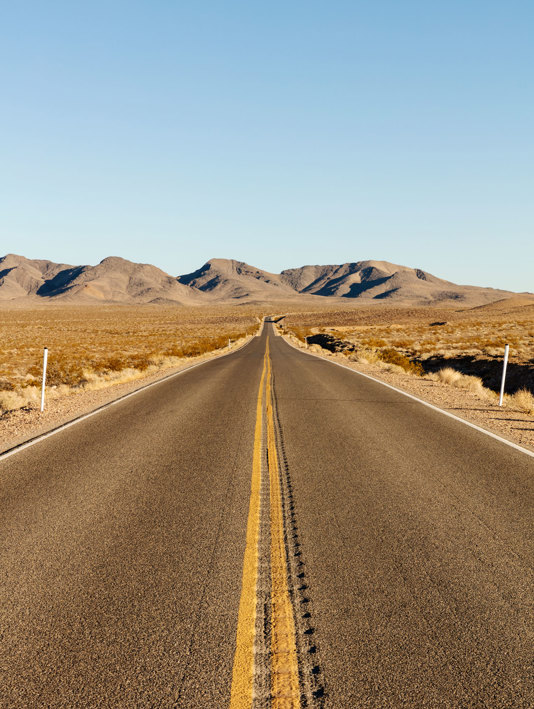
The Paris Hotel on the Strip; Bell Vista Road from Pahrump to Amargosa Valley (Cedric Angeles)
Our next destination is set to truly turn down the tempo of Vegas. Ash Meadows National Wildlife Refuge is the deserted ancestral land of the Nuwuvi peoples. This sleepy, unique wetland is home to rare wildlife, including five endangered species. It’s a silent place to decompress from the city, with boardwalks snaking around protected habitats, and benches to watch for pigmy blue butterflies, black-tailed jackrabbits and gopher snakes. We peer into the waterways and spot a rare, electric-blue pupfish flitting below the surface.
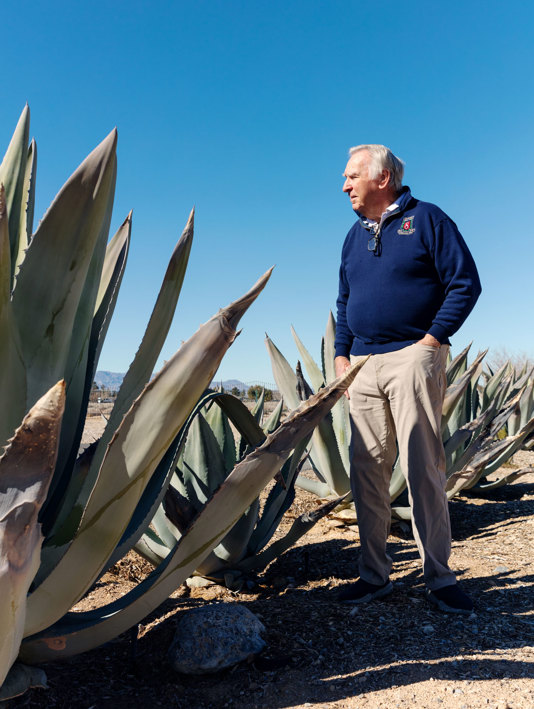
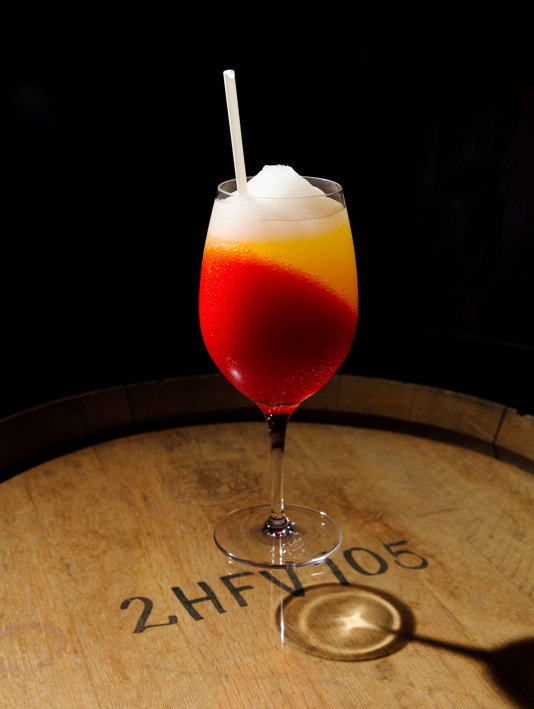
Jack Sanders, owner of Sanders Family Winery in Pahrump; wine slushie at Artesian Cellars in Pahrump (Cedric Angeles)
Evening
As dusk nears, the sun dips below Pyramid Peak and California’s Sierra Nevada to the west, setting it ablaze in pink light. Miles from the light pollution of Vegas, blackness draws in. The wilds of Nevada are home to the darkest skies in the Lower 48, an astral blanket stretching to infinity above. Our abode for the night is only four miles away and as close as you can get to the California border. Longstreet Inn and Casino, in the Amargosa Valley, is lost in time, scattered with antiques such as a 1960s barber chair, vintage typewriter, stuffed bison head and the original hat owned by gold mining con man Walter Edward Perry Scott.


